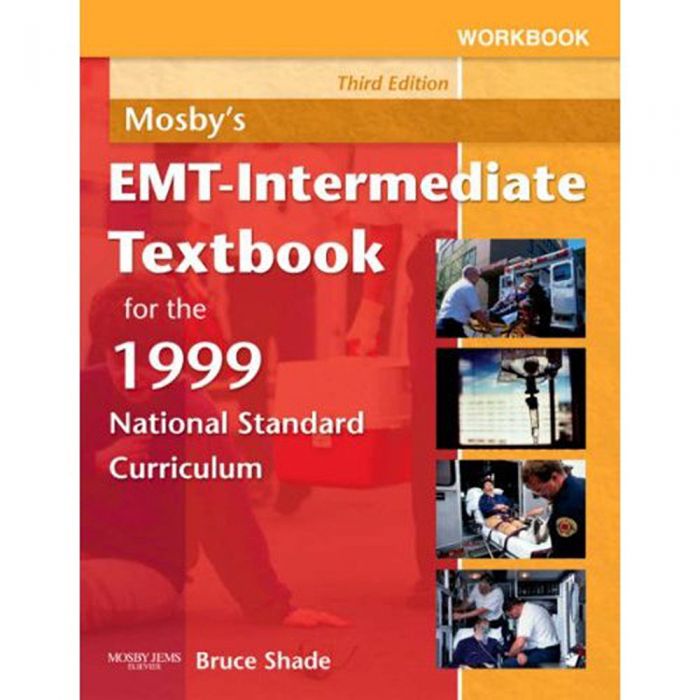
 C: Children and geriatric patients have an increased sensitivity to vasopressin thus, vasopressin is contraindicated in these patients. Ipratropium is indicated for reversible airway obstruction due to chronic obstructive pulmonary disease (COPD). A: Diazepam is indicated for acute anxiety as well as tonic clonic (grand mal) seizures, particularly status epilepticus glucagon is indicated for hypoglycemia and epinephrine for cardiac arrest. C: Some commonly prescribed drugs can produce a reaction similar to that of the drug disulfiram (Antabuse), used in patients with chronic alcohol abuse, following alcohol ingestion these drugs include metronidazole, antibiotics, and oral diabetic medications. Ringer’s lactate is used in the treatment of hypovolemia. B: Only 10% dextrose and water can be safely given to a newborn infant with hypoglycemia and altered consciousness hyperosmotic agents such as 25% dextrose and water or 50% dextrose and water may cause hemorrhage. An example of a sympathetic agonist drug is:ĮMT Intermediate/99 Practice Test Answers and Explanations. An example of a parasympathetic response is:. In which of the following cases is NTG contraindicated?. Contractions may be relieved by walking. Which of the following statements regarding Braxton-Hicks contractions is FALSE?. Vasopressin may be given in all of the following cases except:. Tonic-clonic (formerly known as grand mal) seizures. All of the following can produce an Antabuse-like reaction except:. Which of the following may be administered to a newborn with hypoglycemia and altered consciousness?. If the test is failed three times, documentation of taking the EMT-Intermediate/99 education program again must be provided before a candidate can re-take the exam. If candidates fail six or more during the attempt, the candidates will need to take remedial training. If the test is failed a second time, candidates will then need to take remedial education on the skills that were a problem, and then take all eleven skills over again. Candidates cannot take just some of the skills that need to be tested again.
C: Children and geriatric patients have an increased sensitivity to vasopressin thus, vasopressin is contraindicated in these patients. Ipratropium is indicated for reversible airway obstruction due to chronic obstructive pulmonary disease (COPD). A: Diazepam is indicated for acute anxiety as well as tonic clonic (grand mal) seizures, particularly status epilepticus glucagon is indicated for hypoglycemia and epinephrine for cardiac arrest. C: Some commonly prescribed drugs can produce a reaction similar to that of the drug disulfiram (Antabuse), used in patients with chronic alcohol abuse, following alcohol ingestion these drugs include metronidazole, antibiotics, and oral diabetic medications. Ringer’s lactate is used in the treatment of hypovolemia. B: Only 10% dextrose and water can be safely given to a newborn infant with hypoglycemia and altered consciousness hyperosmotic agents such as 25% dextrose and water or 50% dextrose and water may cause hemorrhage. An example of a sympathetic agonist drug is:ĮMT Intermediate/99 Practice Test Answers and Explanations. An example of a parasympathetic response is:. In which of the following cases is NTG contraindicated?. Contractions may be relieved by walking. Which of the following statements regarding Braxton-Hicks contractions is FALSE?. Vasopressin may be given in all of the following cases except:. Tonic-clonic (formerly known as grand mal) seizures. All of the following can produce an Antabuse-like reaction except:. Which of the following may be administered to a newborn with hypoglycemia and altered consciousness?. If the test is failed three times, documentation of taking the EMT-Intermediate/99 education program again must be provided before a candidate can re-take the exam. If candidates fail six or more during the attempt, the candidates will need to take remedial training. If the test is failed a second time, candidates will then need to take remedial education on the skills that were a problem, and then take all eleven skills over again. Candidates cannot take just some of the skills that need to be tested again. 

Testing again is finished with a method of all or none.

If there is an opportunity to take a test again on the same day, the candidate may take just one that day. If a candidate fails five or fewer of the eleven skills tested, the candidate may take the sections on just the skills failed up to two times. The practical assessment for EMT-Intermediate/99 assesses a candidate’s knowledge of eleven separate skills. If a candidate does not pass, an account of which categories were near or below the requirements for passing will be provided. After a candidate passes the exam, he or she will receive information about national EMS certification. If a candidate is unsuccessful after six tries, the candidate must complete an entire state-approved EMT-Intermediate/99 program. If after three attempts a candidate is still unsuccessful, the candidate will have to provide records regarding having taken 36 hours of remedial education before being allowed to try again up to three more times. The content for the cognitive test is broken down into the following categories:Ĭandidates are allowed to attempt this examination three times. The cognitive test lasts two and a half hours and includes 150 questions. This test is taken as part of the EMT-Intermediate/99 national registration.








 0 kommentar(er)
0 kommentar(er)
